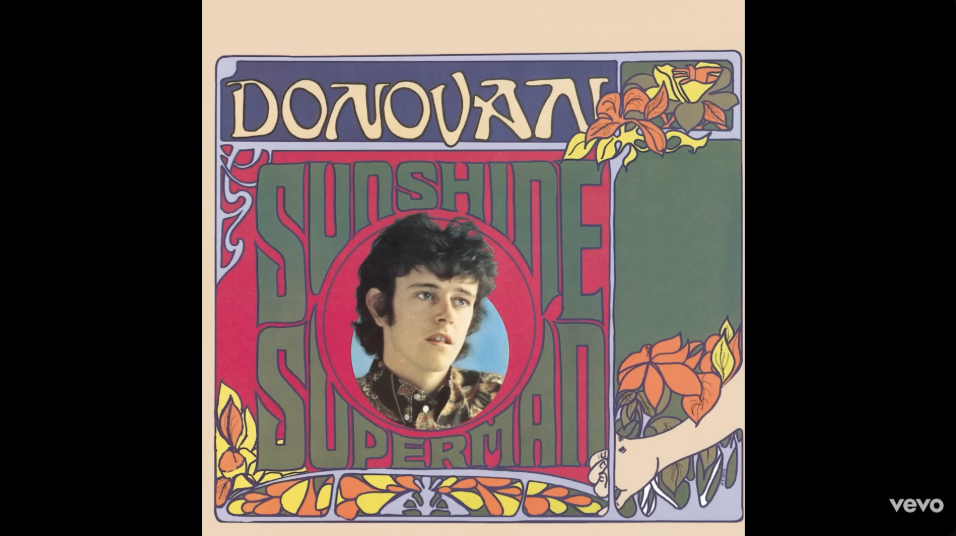Listen to the song “Season of the Witch” by Donovan.
The following activities and questions are designed to help your students use their noticing skills to move through the poem and develop their thinking skills so they understand its meaning with confidence, using what they’ve noticed as evidence for their interpretations. Read more about the framework upon which these activities are based.
-
Warm-up: Take a few minutes to draw a creature that you think might be around during this time of year. Your creature might include a being that we are familiar with such as a witch or ghost, or it might be a new creature that you create. How does your creature interact or not interact with humans? After you finish, share your drawing with the class in a gallery walk. What do you notice about the creatures? What do they make you think about? Why? How might this time of year impact these creatures?
-
Before Reading the Poem: Listen to the song “Season of the Witch” by Donovan. What words or phrases stand out to you? What is the mood of the song? What makes you say that? How might this song relate to the activity you just completed?
-
Reading the Poem: Silently read the poem “Chansons Innocentes II” by E. E. Cummings. What do you notice about the poem? Note any words or phrases that stand out to you or any questions you might have.
-
Listening to the Poem: Enlist two volunteers and listen as the poem is read aloud twice. Write down any additional words and phrases that stand out to you. You might enjoy listening to this version of the poem being read aloud.
-
Small Group Discussion: Share what you noticed about the poem with a small group. Based on the details you just shared, how does this poem compare to the resources from the beginning of class? How does the title “Chansons Innocentes” or “innocent songs” relate to the poem?
-
Whole Class Discussion: What do you notice about the way the poem is laid out visually on the page? Try reading the poem again, paying close attention to both the visual layout and the way the poem sounds. What do you notice about the spelling and/or wordplay? What imagery stands out most to you in the poem? Why?
-
Extension for Grades 7-8: Think back to the creatures you created at the beginning of class. Write a story or poem that includes this being. Or write a poem from the point of view of one of the beings in “Chansons Innocentes II.” In your writing, play with visual elements and experiment with word play. Share your writing with the class.
-
Extension for Grades 9-12: Learn more by reading the About this Poem statement. Then, find a poem that speaks to the season in some way. Read the poem, learn more about the poet and their background, then write your own About this Poem statement. Read both the poem and your statement to the class. Then discuss how it felt to learn more about the poet’s background or context? How might this type of close reading expand our understanding of poetry?
“1. Favor everything without exception that makes people different. Discourage everything whatsoever that makes people alike (i.e. destroys individuality) 2. The rest follows.” Check out one of the correspondences between E. E. Cummings and the Academy of American Poets.
Onomatopoeia is the use of language that sounds like the thing or action it describes.

